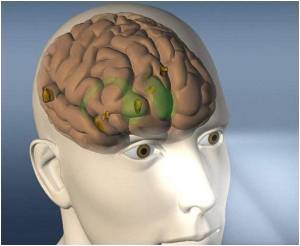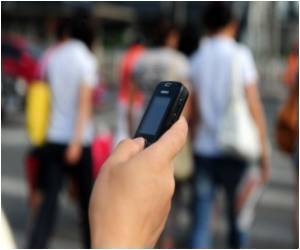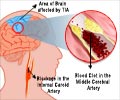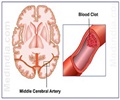Modifying the signals sent by star shaped brain cells - astrocytes may help limit the spread of damage after an ischemic brain stroke, states study published in The Journal of Neuroscience.

Even when blood and oxygen flow is restored, however, neurotransmitter processes in the brain continue to overcompensate for the lack of oxygen, causing brain cells to be damaged. The damage to brain cells often leads to health complications including visual impairment, memory loss, clumsiness, moodiness, and partial or total paralysis.
Research and drug trials have focused primarily on therapies affecting neurons to limit brain cell damage. Phil Haydon's group at Tufts University School of Medicine have focused on astrocytes, a lesser known type of brain cell, as an alternative path to understanding and treating diseases affecting brain cells.
In animal models, his research team has shown that astrocytes—which outnumber neurons by ten to one—send signals to neurons that can spread the damage caused by strokes. The current study determines that decreasing astrocyte signals limits damage caused by stroke by regulating the neurotransmitter pathways after an ischemic stroke.
The research team compared two sets of mice: a control group with normal astrocyte signaling levels and a group whose signaling was weakened enough to be made protective rather than destructive. To assess the effect of astrocyte protection after ischemic strokes, motor skills, involving tasks such as walking and picking up food, were tested. In addition, tissue samples were taken from both groups and compared.
"Mice with altered astrocyte signaling had limited damage after the stroke" said first author Dustin Hines, Ph.D., a post-doctoral fellow in the department of neuroscience at Tufts University School of Medicine. "Manipulating the astrocyte signaling demonstrates that astrocytes are critical to understanding the spread of damage following stroke."
Advertisement
Source-Eurekalert















